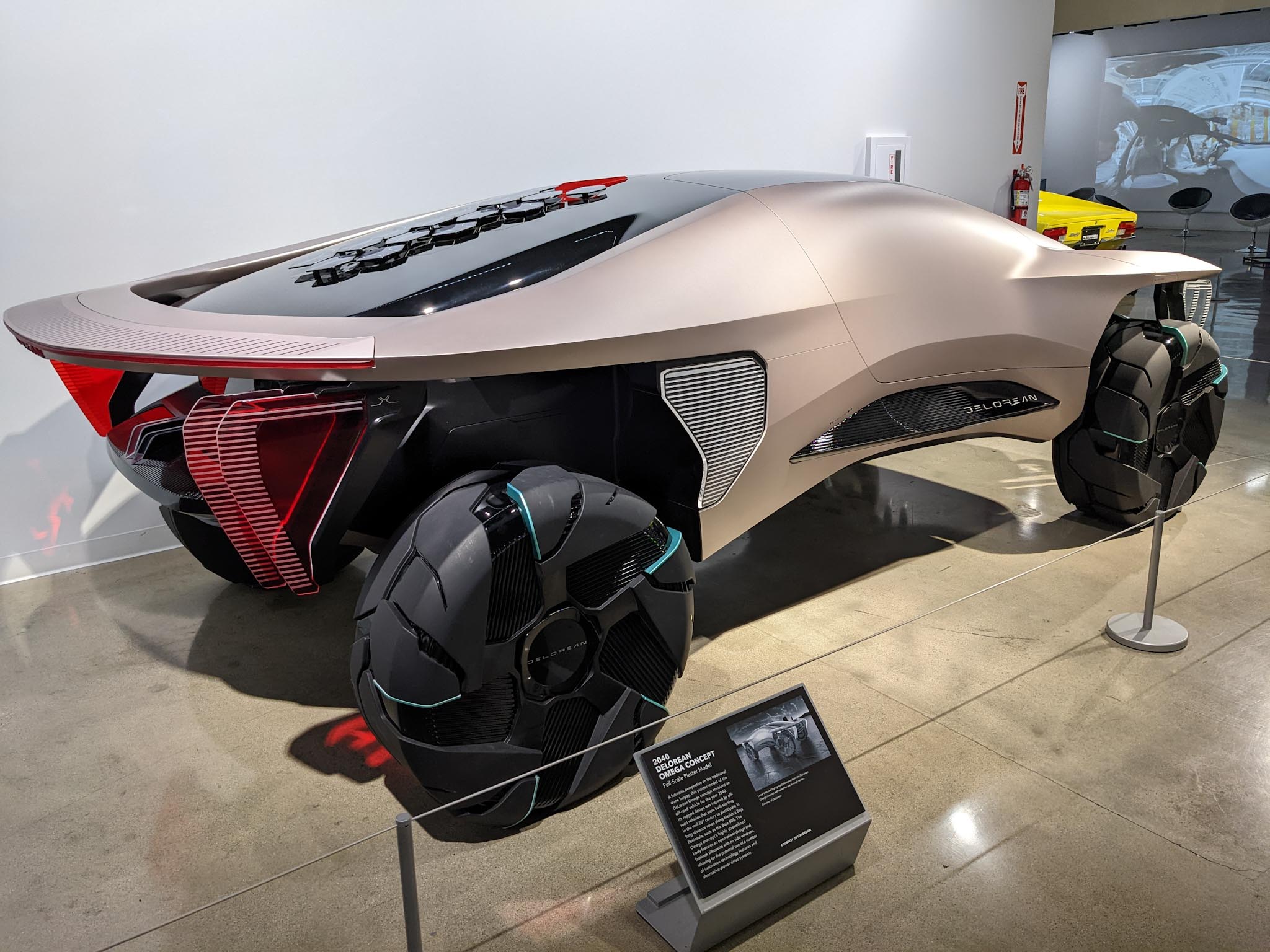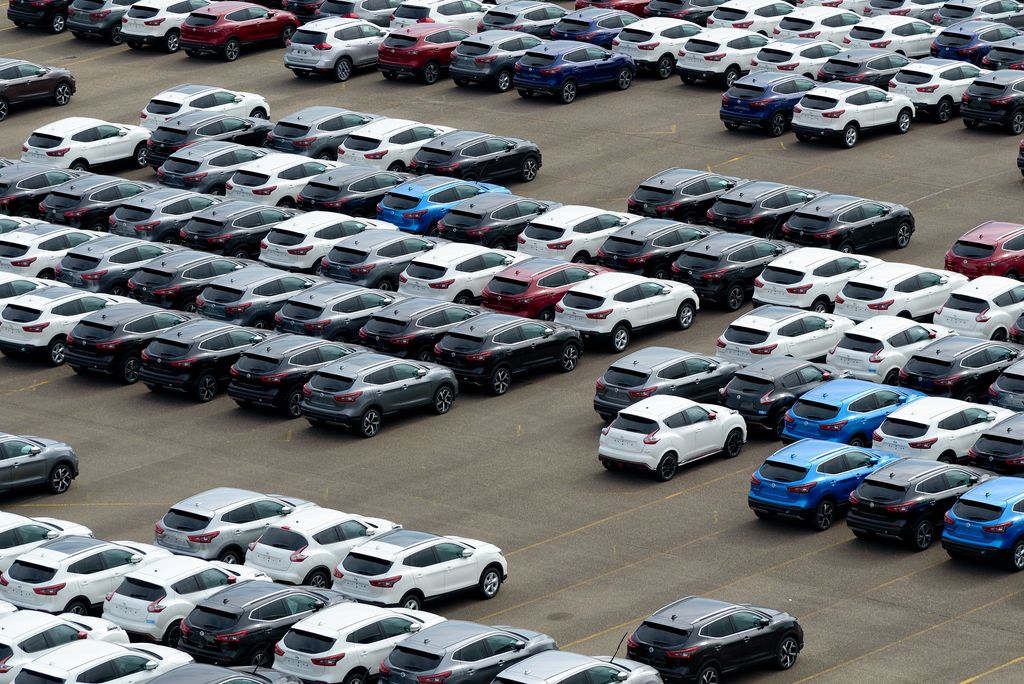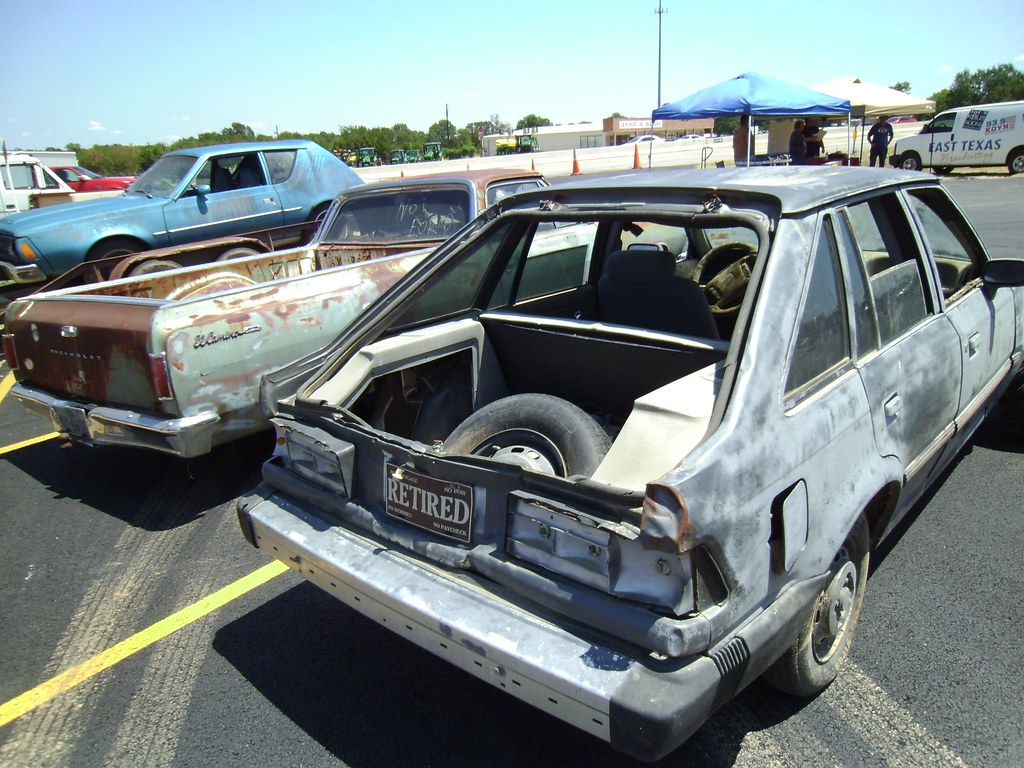
In 2025, a pressing question echoes across the collision repair industry: are we truly seeing the impact of tariffs? The resounding answer is yes, and these impacts are surfacing in various, often unexpected, corners of the automotive world. From the parts suppliers to the repair shops and ultimately, to your insurance premiums, the ripple effects are becoming increasingly clear.
Our analysis, utilizing sold parts data from the PartsTrader marketplace, offers a stark picture. We’ve tracked inflationary changes across a consistent market basket of components – including fenders, hoods, bumper parts, lamps, and wheels – revealing a significant shift. Retail prices for OEM parts have begun their upward climb, a trend that stands in contrast to aftermarket parts, which, for now, have not yet experienced a similar surge.
This isn’t merely about higher prices; it’s about a foundational disruption. The supplier network and logistical infrastructure supporting the collision repair industry are buckling under the weight of these tariffs. Both the fundamental cost of the parts themselves and the intricate expenses involved in delivering them are being negatively impacted. What we’re witnessing now, experts warn, is merely the beginning of a complex financial challenge that will inevitably cost the industry – and consumers – an arm and a leg.
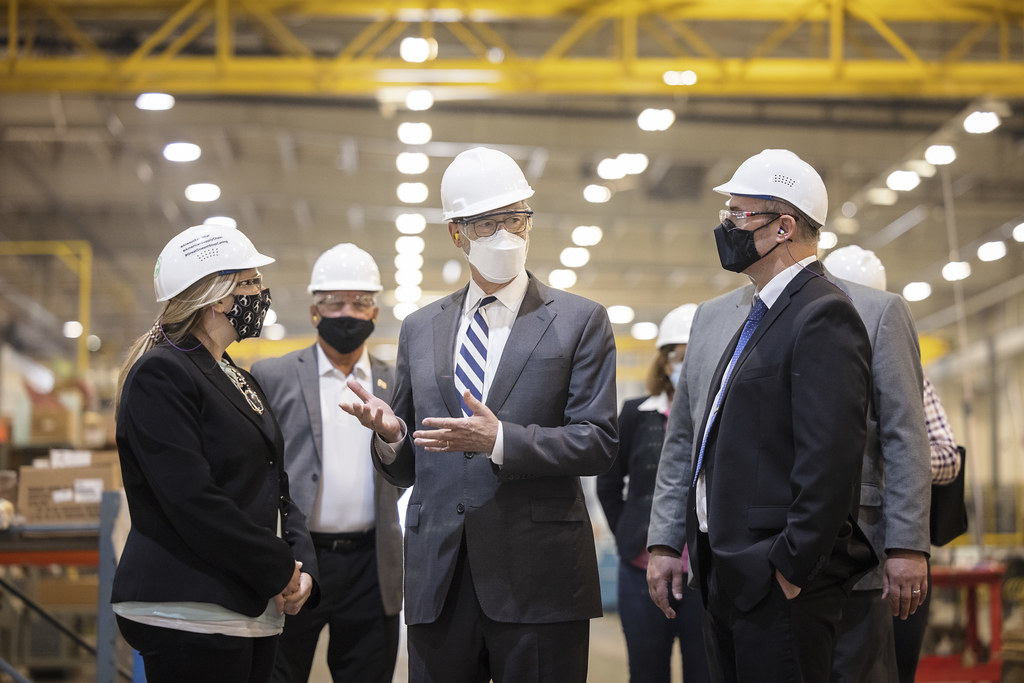
1. **OEM Part Price Increases**One of the most immediate and quantifiable impacts of the current tariff landscape is the noticeable rise in prices for Original Equipment Manufacturer (OEM) parts. The data from PartsTrader clearly indicates that these retail prices have started to ascend, reflecting the new economic realities facing manufacturers and importers. This upward trend is not just a marginal fluctuation; it represents a significant shift compared to previous periods.
Approximately 44% of all OEM parts utilized in collision repair within the United States are produced outside its borders. Crucially, a substantial portion of these imported components are not compliant with the United States-Mexico-Canada Agreement (USMCA), making them direct targets for the newly imposed tariffs. This non-compliance is a key factor driving the cost increases we are now observing.
Specifically, retail prices for OEM parts recorded a 2.1% increase from the first quarter to the second quarter of 2025. To put this into perspective, this figure is more than double the 1% increase observed during the exact same period in the previous year, 2024. This acceleration underscores the intensified inflationary pressure directly attributable to the tariffs.
It’s important to understand the legal and policy basis for some of these tariffs. For instance, the 25% tariff on imported autos and parts was levied based on Section 232 of the 1962 Trade Act. This means these tariffs remain in effect as long as the administration deems fit, and notably, they have not been subject to the various lawsuits, court decisions, and appeals that have challenged other tariff measures. The context also highlights that steel and aluminum tariffs, which impact automotive-grade materials, are now subject to a 50% tariff, justified by both an economic emergency declaration and Section 232 of the Trade Act.
This specific regulatory framework means that while some tariffs might be temporary bargaining chips, those under Section 232 are more entrenched, making their long-term impact a serious concern. The increased costs for these foundational components are trickling down through the supply chain, inevitably reaching the consumer. The consistent tracking mechanism, mirroring the logic behind the Consumer Price Index (CPI) market basket approach, has been invaluable in identifying these clear inflationary trends since the introduction of the auto parts tariffs.
Read more about: Your Essential Guide to Classic Car Insurance: Unlocking the Best Rates and Coverage Options
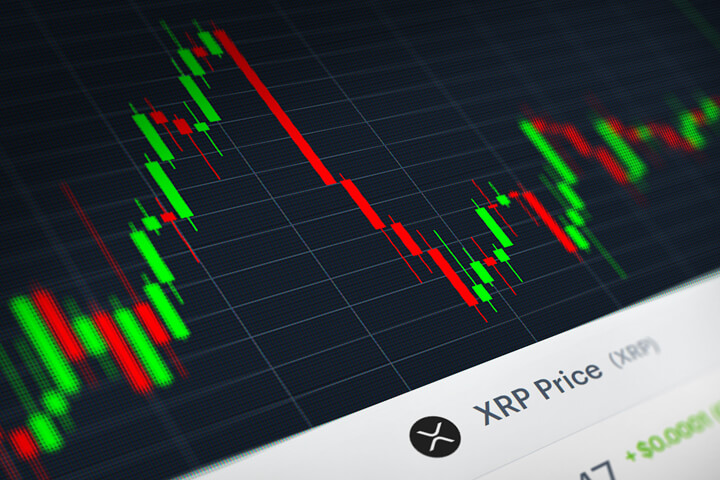
2. **Aftermarket Part Price Increases (Expected)**While OEM part prices have already begun their ascent, the aftermarket sector is bracing for its own wave of increases. The current data from PartsTrader indicates that aftermarket parts have not yet experienced a similar increase, showing prices remaining flat compared to the same period in 2024. However, this stability is widely regarded as a temporary reprieve.
Industry experts fully anticipate that aftermarket part prices will inevitably begin to rise. This surge is expected to materialize particularly as the existing domestic inventory of these parts becomes depleted. Once current stocks are exhausted, new orders will necessarily be filled with tariff-impacted imports, leading to higher costs.
There appears to be a longer “tail” to the inflationary impact within the aftermarket space. This means that price increases are taking a more extended period to surface compared to their OEM counterparts. This delay is likely due to various factors, including the existing inventory levels and the complex global sourcing strategies employed by aftermarket manufacturers, many of whom primarily source from regions like Taiwan.
Further insights from Eucon data, which tracks millions of data points, shed light on historical trends. After a significant 20-point increase in aftermarket prices between 2019 and 2022, price hikes showed signs of easing by the end of 2023, remaining flat in the second half of that year. Eucon’s projections for 2024 anticipated aftermarket prices to remain flat or even decline slightly, while OE prices were expected to continue marginal increases before leveling off in the latter half of 2024.
However, the current 2025 PartsTrader data suggests that while OEM prices are actively climbing, aftermarket prices are still holding flat, aligning with the “longer tail” theory. This indicates that while the broader inflation might be stabilizing in other economic sectors, the specific mechanics of tariff impact on aftermarket parts are playing out with a distinct delay. When these prices do adjust, consumers should expect a noticeable shift, as the underlying cost pressures are undeniable and will eventually be reflected in the market.
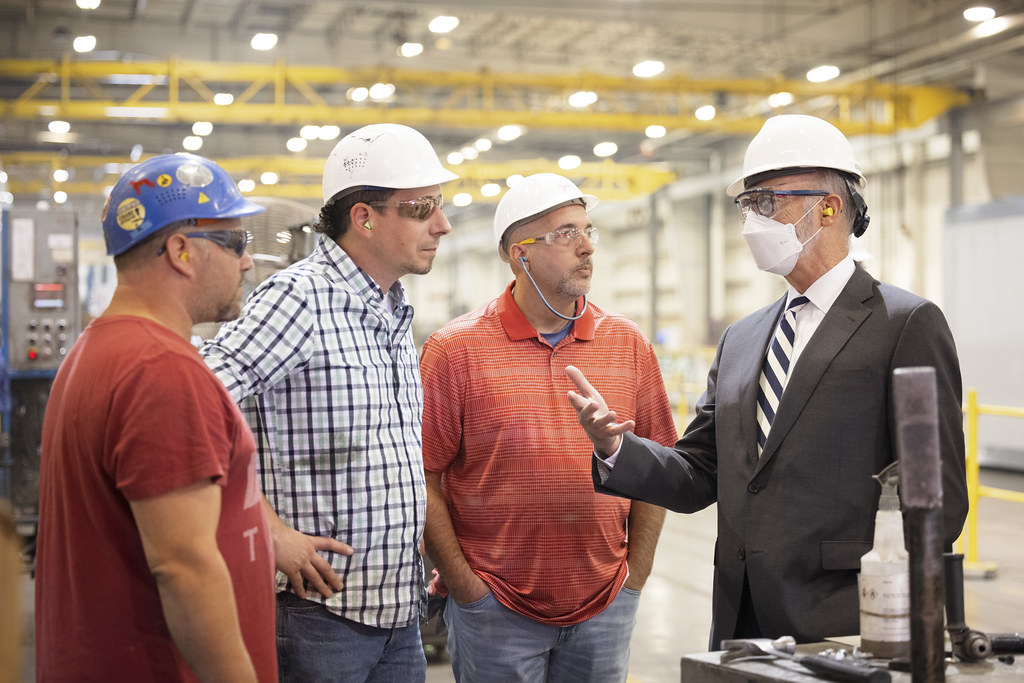
3. **Bankruptcies of U.S. Parts Manufacturers**The tariffs are not merely an abstract economic phenomenon; they are having a devastating, concrete impact on U.S.-based parts manufacturers, pushing some to the brink of financial ruin. The industry is beginning to see early and alarming signs of disruption in the form of bankruptcies, indicating that the weight of tariffs is becoming unbearable for companies heavily reliant on imported components.
One prominent casualty is Marelli Holdings, a critical supplier to major automakers like Nissan and Stellantis. The company, known for producing essential lighting and internal electronics, has filed for bankruptcy protection. In its court filing, Marelli disclosed a staggering $767 million in combined unsecured debt owed to these two automotive giants. This financial distress is directly attributed to the tariff burden.
David Slump, Marelli’s CEO, clearly articulated the cause of their predicament in a court filing, stating, “Marelli was severely affected by tariffs due to its import/export-focused business and the imposition of tariffs specifically against automotive manufacturers and suppliers.” This statement highlights how the company’s business model, deeply intertwined with global trade, made it particularly vulnerable to the tariff policies.
Another significant player facing imminent collapse is Detroit Axle, an aftermarket manufacturer specializing in mechanical components crucial for collision repair, such as control arms, struts, and rack and pinions. The company has publicly indicated plans to file for Chapter 11 protection in the coming weeks, revealing a dire financial situation. Detroit Axle’s plight is a stark illustration of the cumulative burden of tariffs.
In a lawsuit filed against the administration in May, Detroit Axle explicitly outlined its tariff burden, describing it unequivocally as “financial ruin.” The company currently faces a crushing cumulative tariff rate of 72.5% on its imports. This includes a 20% tariff from IEEPA (fentanyl-related tariffs), a 25% tariff from Section 232, another 25% tariff on China-origin auto parts under Section 301, and an additional 2.5% Most Favored Nation duty. Such a multifaceted and high tariff rate makes sustainable operation incredibly challenging, if not impossible.
Read more about: Steering Clear of Trouble: 14 Product Reviews Where Users Weren’t Acting – Their Frustration Was Genuine

4. **Logistics Sector Strain**The repercussions of tariffs extend far beyond manufacturing, creating significant strain within the logistics sector, which is vital for the movement of auto parts. The entire infrastructure responsible for transporting goods is experiencing considerable pressure, impacting both the cost and efficiency of getting parts where they need to go. This strain is visible at major ports and across the freight industry.
On June 2, Gene Seroka, the Executive Director of the Port of Los Angeles, highlighted the severity of the situation. He reported a significant downturn in overall cargo at the Port of Los Angeles for May, noting that “20% of our 80 scheduled vessels having been canceled.” This reduction in shipping activity is a direct indicator of decreased import volumes and reduced trade flow.
Seroka further emphasized the precipitous drops observed during certain weeks, with the first and fourth weeks of May experiencing declines exceeding 30% in year-over-year comparisons. Such drastic reductions in cargo volume at a major U.S. port signify a substantial slowdown in international trade, directly affecting the availability and cost of imported goods, including auto parts.
This reduction in import volume, coupled with a declining demand for trucking shipments originating from Canada and Mexico, has triggered a severe crisis within the freight industry. The domino effect has led to widespread layoffs and numerous bankruptcies among trucking companies across the nation. According to FreightWaves, a staggering 12 trucking companies filed for bankruptcy protection within a mere 60-day period.
This wave of bankruptcies in the freight sector is particularly alarming given prior optimistic forecasts. A January projection had anticipated a 1.6% increase in volume for the industry before the tariffs were officially announced. The sharp reversal from growth forecasts to widespread bankruptcies underscores the profound and rapid negative impact these trade policies have had on logistics. Ultimately, this means that not only is the cost of the part itself being negatively impacted, but the cost to deliver it is also escalating significantly.
Read more about: The Sky’s the Limit: 14 A-Listers and Their Mega-Million Private Jets – Unpacking the Luxury, the Impact, and Who Really Owns the Skies
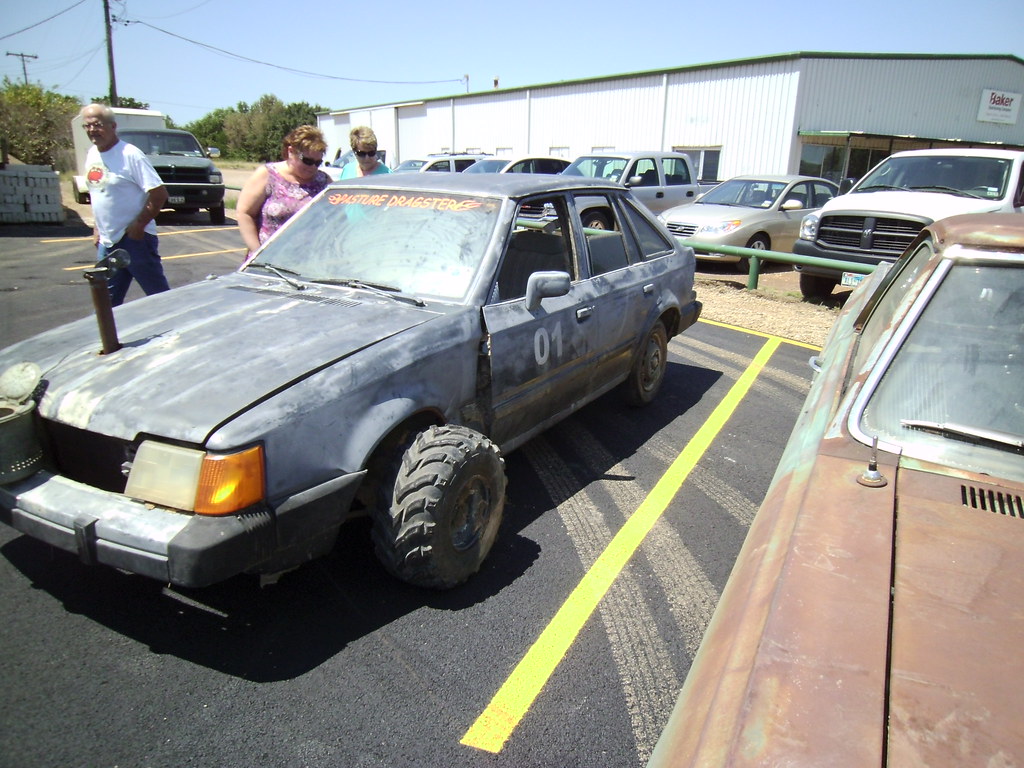
5. **Impact on Collision Repair Costs**One of the most tangible impacts of the escalating tariffs will be felt directly by consumers in the form of increased collision repair costs. The American Property Casualty Insurance Association (APCIA) has provided a stark estimate: a 25% tariff on imported repair parts, assuming all other factors remain constant, could lead to a 2.7% increase in auto repair claims costs across the board. This percentage, though seemingly small, translates into substantial real-world expenses.
These increased costs at the claim level are unlikely to be absorbed entirely by insurers or repair shops. Instead, they are expected to be passed on to consumers. The APCIA further estimates that this increase could subsequently result in an additional $3.4 billion in personal auto insurance premiums nationwide. This means policyholders will likely see their premiums rise as their policies come up for renewal later this year and into next year.
Using comprehensive parts pricing data from PartsTrader, and applying specific assumptions — such as the current average of 13.5 parts replaced per estimate, and factoring in the varied makeup of OEM and aftermarket parts based on a vehicle’s country of origin — experts have calculated the potential impact. The current estimates suggest an increase of between $80 to $100 per repairable claim.
However, this figure comes with several important caveats, as the situation is dynamic. With new vehicle prices rising due to import and parts tariffs, a spike in used vehicle prices is also anticipated. This, in turn, will elevate the total loss threshold, meaning more damaged cars will be deemed repairable rather than totaled. This shift is likely to result in an even higher number of parts needing replacement per claim.
Experts believe we could see an increase to potentially 15 parts per repairable claim, which would further exacerbate the financial burden, increasing the impact by an additional $9 to $11. While the administration has frequently urged retailers to “eat the increases,” and parts distributors may partially absorb some costs to maintain competitiveness, the overarching trend points to higher repair bills for the average car owner.
Read more about: 13 Essential Red Flags: Your Step-by-Step Guide to Inspecting a Used Performance Car Like a Pro
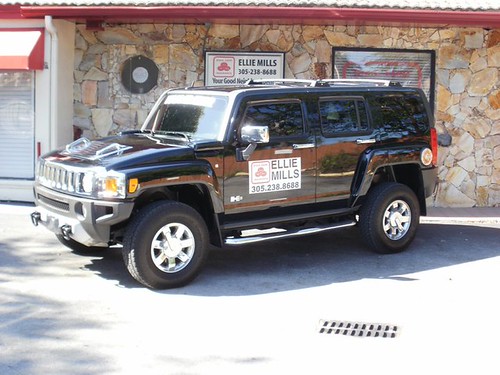
6. **Impact on Auto Insurance Rates**The rising costs associated with auto repairs due to tariffs inevitably exert upward pressure on car insurance rates. Insurers, facing higher payouts for collision claims where expensive, tariff-impacted parts are required, are likely to pass these increased operational costs onto consumers in the form of higher premiums. This is a direct consequence of the interconnected nature of the automotive and insurance industries.
However, the extent of this increase and its exact timing remain subjects of ongoing analysis. Erik Gordon, a business professor specializing in the auto industry at the University of Michigan’s Ross School of Business, acknowledges that “Tariffs on parts used to repair vehicles will filter down to insurance rates.” Yet, he also points out that the most significant drivers of rate increases are currently the skyrocketing costs of stolen cars—which have surged by over 50% in the last five years—and escalating personal injury payments, rather than solely the cost of repair parts.
Gordon suggests that while tariffs will contribute to rising premiums, the impact might not be as substantial as some fear, largely because the cost of repairing a person injured in a collision typically far outweighs the cost of repairing the vehicle itself. He clarifies that “The cost of parts to a repair shop is a fraction of the bill to an insurance company because the repair cost also includes labor and overhead,” implying that the part cost, while increasing, is only one component of a larger bill.
A statement from the Insurance Information Institute confirms these expectations. They anticipate that the tariffs will “inflate the cost of new cars, repairs and used car values due to tight profit margins for manufacturers and the interconnected global supply chain.” This could, in turn, “generate higher premiums for home insurance and business insurance,” reflecting broader macroeconomic and geopolitical disruptions. Importantly, they note that while some auto insurers have indicated potential higher premiums by the end of 2025, these changes would only affect consumers when their insurance policy is up for renewal, not immediately on existing policies.
Read more about: Navigating the Tire Market: 15 Essential Tips to Secure the Best Price and Maximize Value for Your Next Set of Tires
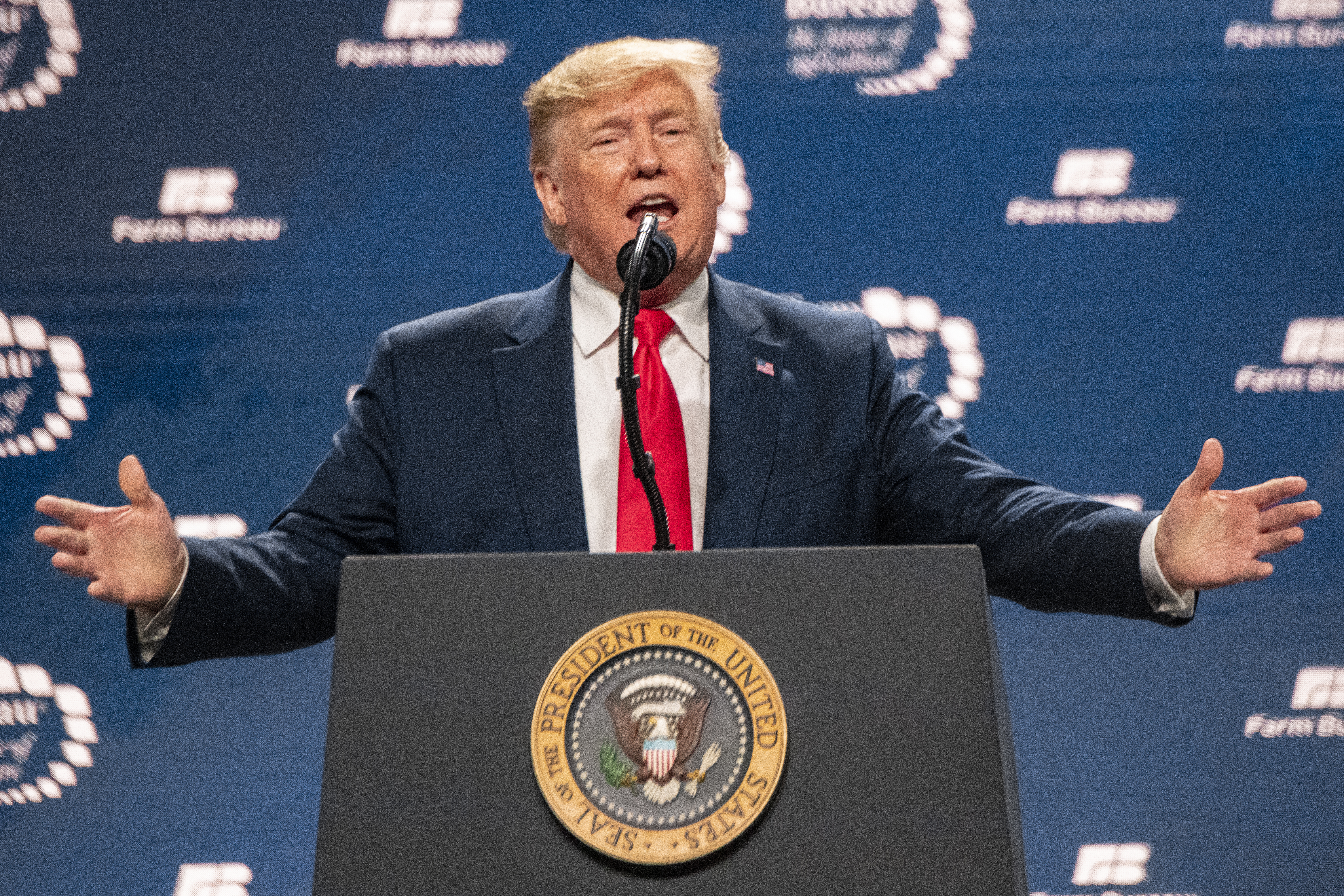
7. **Exemptions and Tariff Justifications**Understanding the various justifications and applications of the tariffs is crucial to grasping their full impact. The tariff landscape is not monolithic; different tariffs operate under different legal frameworks, leading to varying levels of stability and challengeability. This complexity directly influences how and when the industry feels the pinch.
Notably, the 25% tariff on imported autos and parts was not imposed through an economic emergency declaration, unlike some other tariffs. Instead, it was levied based on Section 232 of the 1962 Trade Act. This distinction is significant because, under Section 232, these tariffs are designed to remain in place for as long as the administration deems appropriate. Crucially, they have not been subject to the numerous lawsuits, court decisions, and appeals that have challenged other tariff measures, giving them a more robust and potentially long-lasting legal standing.
In contrast, the steel and aluminum tariffs, which also impact the automotive sector—given that 80% of automotive-grade aluminum is mined in Canada—are subject to a 50% tariff. The justification for imposing these specific tariffs was multifaceted, based on both the economic emergency declaration and Section 232 of the Trade Act. This dual justification makes it even more critical to assess their impact and predict when those effects will fully materialize.
The administration formally enacted the 25% tariffs on imported vehicles and parts with specific effective dates: tariffs on imported cars began on April 3, while tariffs on car parts commenced on May 3. However, there was a temporary exemption provided until May 3 for certain parts that comply with the United States-Mexico-Canada Agreement (USMCA), offering a brief window of relief for some components.
The situation faced by Detroit Axle further illustrates the complex layering of these tariffs. The company is grappling with a cumulative 72.5% tariff rate on its imports, which includes a 20% tariff stemming from the International Emergency Economic Powers Act (IEEPA), often linked to fentanyl-related measures. Additionally, they face the 25% tariff from Section 232, another 25% tariff specifically on China-origin auto parts under Section 301, and a standard 2.5% Most Favored Nation (MFN) duty. This intricate web of duties showcases the multifaceted financial burden imposed on manufacturers.
Navigating the current automotive landscape requires a clear understanding of how tariffs are not just raising the cost of individual components, but fundamentally reshaping the entire market. Beyond the direct impacts on parts and repair shops, these policies are exerting pressure on vehicle prices, consumer behavior, and the strategic operations of businesses throughout the industry. It’s a complex puzzle, but by examining the broader ramifications, we can piece together a clearer picture of what the future holds for drivers and the automotive sector alike.
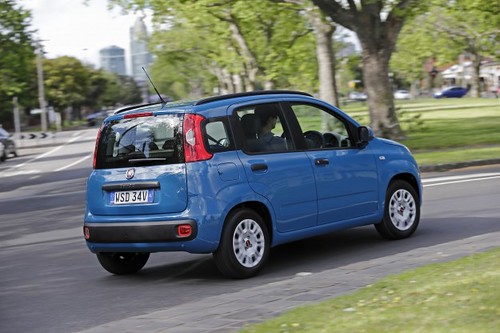
8. **Rising New Car Prices**The most immediate and perhaps widely anticipated consequence of these tariffs, beyond repair parts, is their direct impact on the cost of new vehicles. Experts have provided estimates suggesting that tariffs could inflate the prices of new cars anywhere from $3,000 to a staggering $20,000, with the exact figure depending significantly on the make and model. This substantial increase is a direct reflection of the added taxes on imported autos and the myriad parts used in their assembly, even for vehicles built domestically.
Automakers are facing elevated costs to import finished vehicles or to source the numerous components that cross international borders multiple times before final assembly. These additional expenses are not simply absorbed; they are inevitably passed on to consumers. Consequently, higher car prices cascade into increased associated ownership costs, including higher sales taxes, more expensive financing, and even elevated car insurance premiums for newly purchased vehicles.
This pricing pressure is creating a significant affordability challenge for consumers. As new car prices climb, the dream of purchasing a brand-new vehicle becomes increasingly out of reach for many, pushing them to reconsider their options in an already tight market. This shift in affordability forms a critical element of the broader market ramifications of the tariff environment.
Read more about: 14 Fast Food Chains That Are Seriously Struggling (And Why Diners Are Saying ‘Hard Pass’)
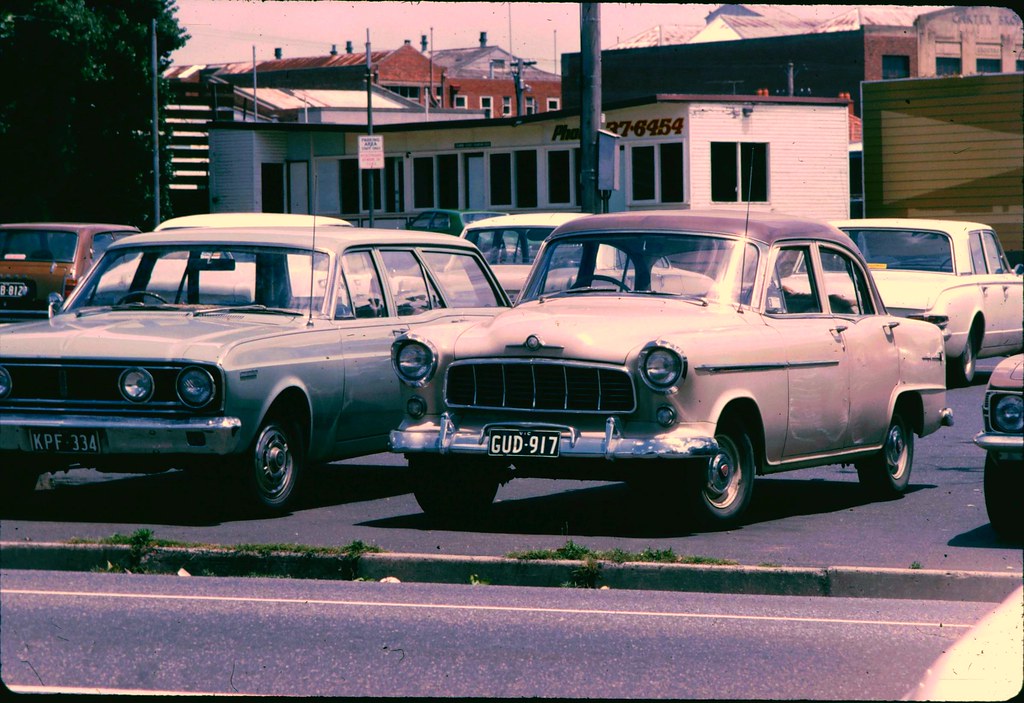
9. **Surge in Used Car Prices**While tariffs don’t directly apply to used vehicles, their economic forces create a ripple effect. As new cars become expensive due to tariffs, buyers naturally migrate to used vehicles, poised to drive prices significantly higher.
This surge in demand is exacerbated by an already tight market. Manufacturers produced 8 million fewer vehicles during the pandemic, creating an inventory deficit. New buyers circumventing new car tariffs will intensify scarcity, potentially flooding the market and accelerating price appreciation.
For current owners, this trend could mean a temporary advantage in trade-in value. However, for those buying or maintaining a used vehicle, increased demand and rising prices will escalate ownership costs, impacting aspects like insurance.
Read more about: Decoding the Market: 10 Classic Imports Collectors Pass On and Why
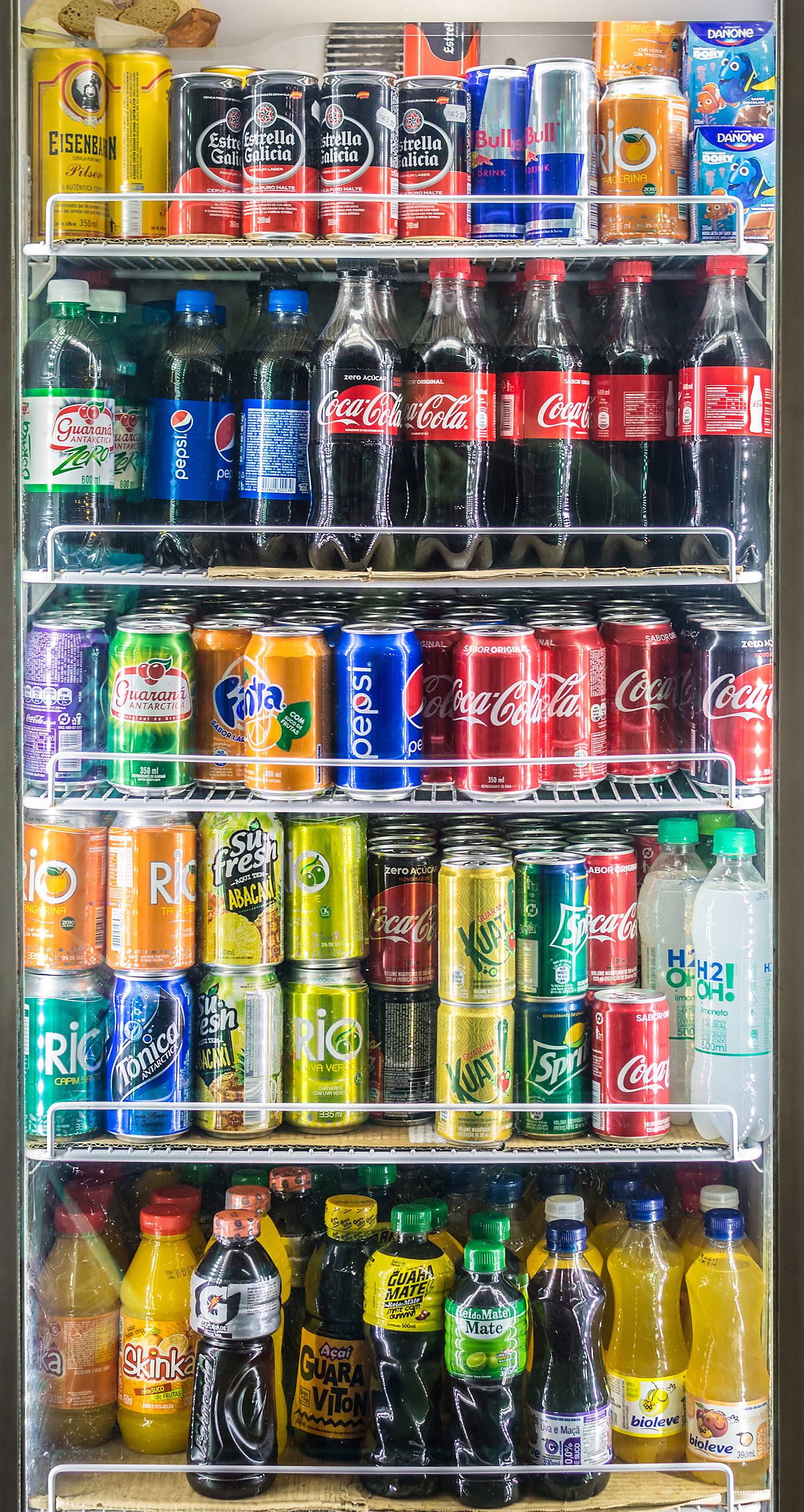
10. **Strategic Consumer Responses**Faced with escalating repair and vehicle costs, experts advise swift action. Prioritize car repair work within the next month or so. This urgency stems from a 4-6 week parts inventory window, meaning pre-tariff pricing might still apply.
Delaying necessary maintenance will almost certainly mean paying more later. Existing stock will dry up, and new, tariff-impacted imports will arrive. A brake job, for instance, could see a $150-$200 price increase once tariffs fully kick in, affecting every driver.
The broader consumer response also includes reluctance to buy new vehicles. Retiree Linda Cauley exemplifies this, driving her old trucks “until they die” to avoid new car debt amidst rising prices. Individual financial prudence is a significant market dynamic.
Read more about: Navigating the Waters: 14 Key Financial Pitfalls for Investors to Heed, Including in Cryptocurrency
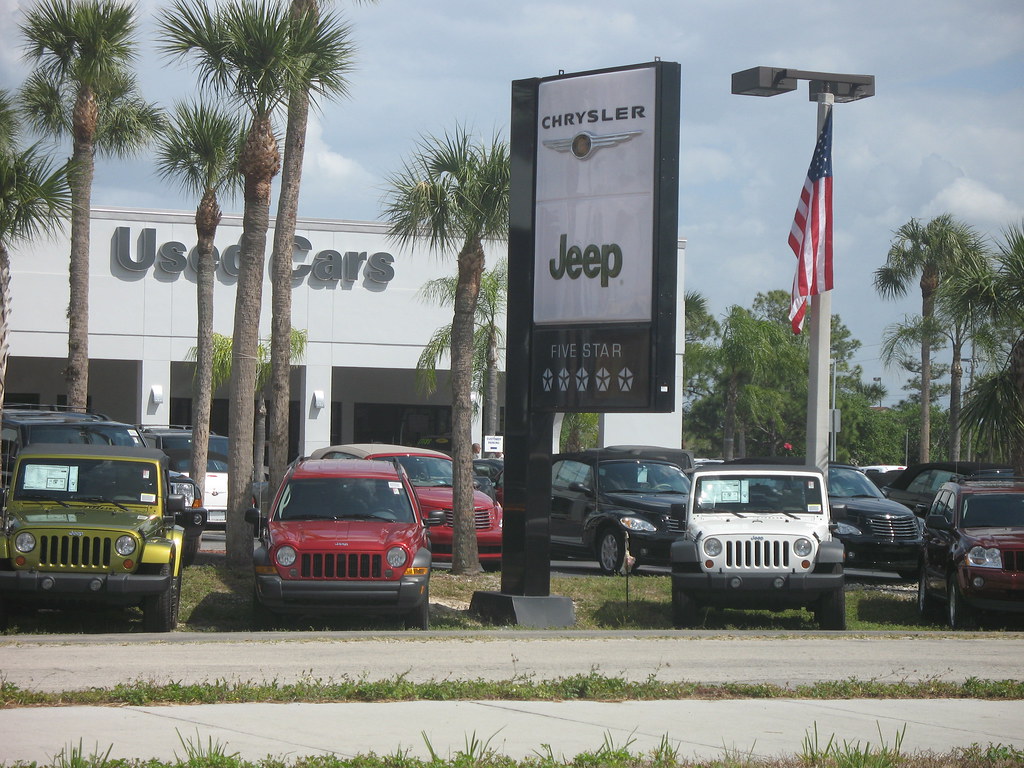
11. **Dealership Proactive Measures**Dealerships and service centers are proactively adopting strategies to support customers. This involves actively marketing repair work and openly communicating potential future cost increases. The goal is to encourage timely maintenance before tariff-affected parts become the norm, preserving pre-tariff pricing.
LaFontaine Automotive Group, a major Michigan dealership, leads this effort. They maintain “active communication” with brands and distributors. They’ve reached out to customers who declined repairs, offering service with in-stock, pre-tariff parts, leading to an “uptick in service work.”
LaFontaine also sees increased demand for mobile service vans, offering convenience and quicker parts access. Their robust distribution centers, with nearly $25 million in inventory, mitigate supply challenges for their dealerships and thousands of other repair shops. Max Muncey notes that even with tariffs, individual repair costs are significantly lower than a full vehicle purchase, making maintenance a prudent option.
Read more about: Shield Your Ride: Simple, Effective Ways to Banish Rust from Your Truck’s Undercarriage This Winter and Beyond
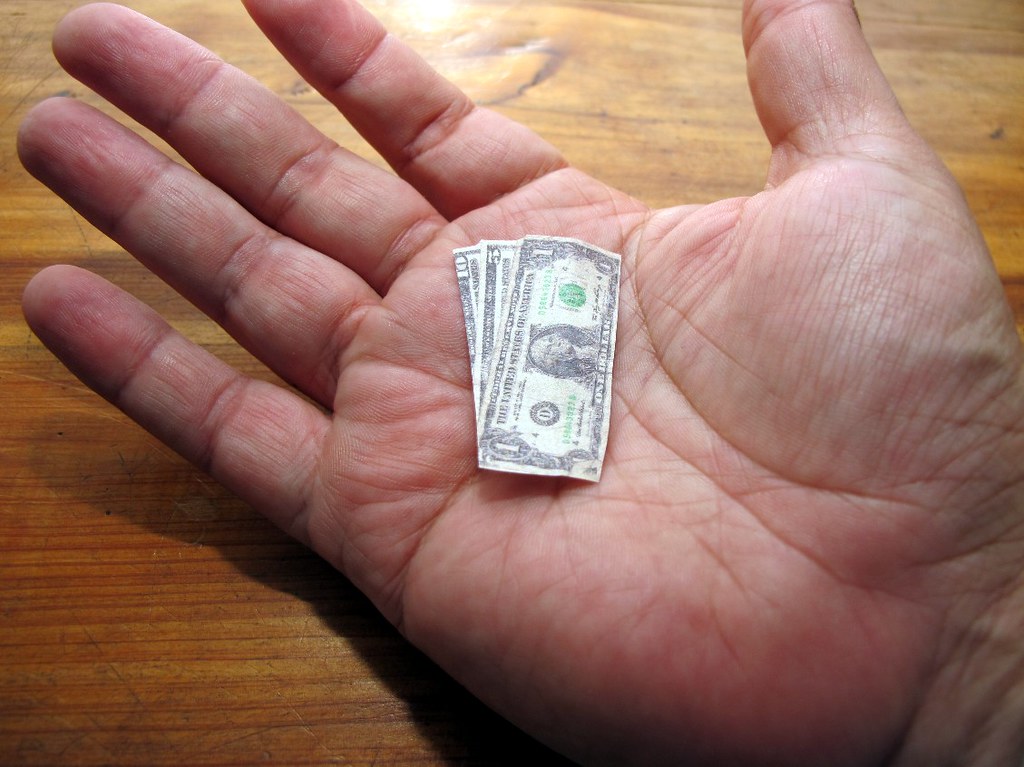
12. **Industry-Wide Price Tracking**Understanding tariff impact requires sophisticated tracking mechanisms. The Parts Price Inflation Index, using PartsTrader data and mirroring the CPI approach, tracks inflationary changes across components like fenders, hoods, and wheels. It shows OEM new parts exhibiting inflationary impacts, while aftermarket prices remain flat so far.
The “20/20” report further scrutinizes top 20 major parts on popular vehicles weekly. This analysis pinpoints when inflation affects high-volume parts, as they are restocked sooner. Both reports confirm OEM inflation, with aftermarket stability, aligning with the “longer tail” theory.
Broader U.S. Bureau of Labor Statistics data reinforces these trends. The import price index for motor vehicle parts manufacturing rose 5.7% from December 2021 to December 2024, with 3.5% in 2024 due to electrical/electronic equipment. Export prices surged 17.1% over the same period, driven by higher metals costs. These indexes are vital for trade analysis, assessing domestic inflation, and informing fiscal policy.
Read more about: The Costly Truth: 14 Classic Cars That Are Simply Not Worth Restoring for the Savvy Enthusiast

13. **Evolving Pricing Strategies**The automotive industry’s pricing landscape is transforming due to post-COVID experiences, stalling unit growth, and rising EV penetration. Traditional models are less effective, compelling OEMs, retailers, and suppliers to adopt novel strategies to sustain revenue and profit.
With improving vehicle quality and a potential plateau in new ICE vehicle sales, unit growth is slowing. Pricing itself has become a key lever for profitability. Companies now optimize pricing to balance margin requirements with market willingness to pay, a delicate act in a cost-sensitive era.
This strategic evolution leads to more dynamic and frequent price adjustments, contrasting sharply with the aftermarket’s slower pace. As an expert noted, “prices are moving up and down deep within each portfolio, allowing market actors to optimize and grow their revenue.” These new strategies fundamentally shift operations to maximize revenue and profit, keeping competitors on edge despite stable macro price changes.
Read more about: The Evolution of Money: 13 Key Insights into Its Past, Present, and Future

14. **Impact on Automotive Restoration Hobby**Global tariffs extend to the specialized automotive restoration niche, posing unique challenges for classic car enthusiasts. This segment relies heavily on a global supply chain, as many components are no longer manufactured domestically. Specialized tooling and expertise have largely shifted overseas, making the hobby vulnerable to import tariffs.
Original Parts Group (OPGI), a long-standing supplier, acknowledges this. They state that “most GM restoration parts simply aren’t manufactured in the U.S. anymore,” and rebuilding infrastructure would take years. OPGI faces significant cost increases, with potential hikes of 30-90% on imported items from regions like Taiwan, China, and India.
OPGI proactively secures pre-tariff inventory, monitors supply chain trends, and maintains transparent communication. They advise customers to “strongly recommend ordering sooner rather than later” as current stock reflects pre-tariff conditions. This highlights how interconnected global supply chains affect niche markets, emphasizing proactive purchasing for enthusiasts to navigate rising costs.
Read more about: Your Ultimate Guide: 14 Financial Pitfalls Every Classic Car Collector Needs to Sidestep for a Successful Collection
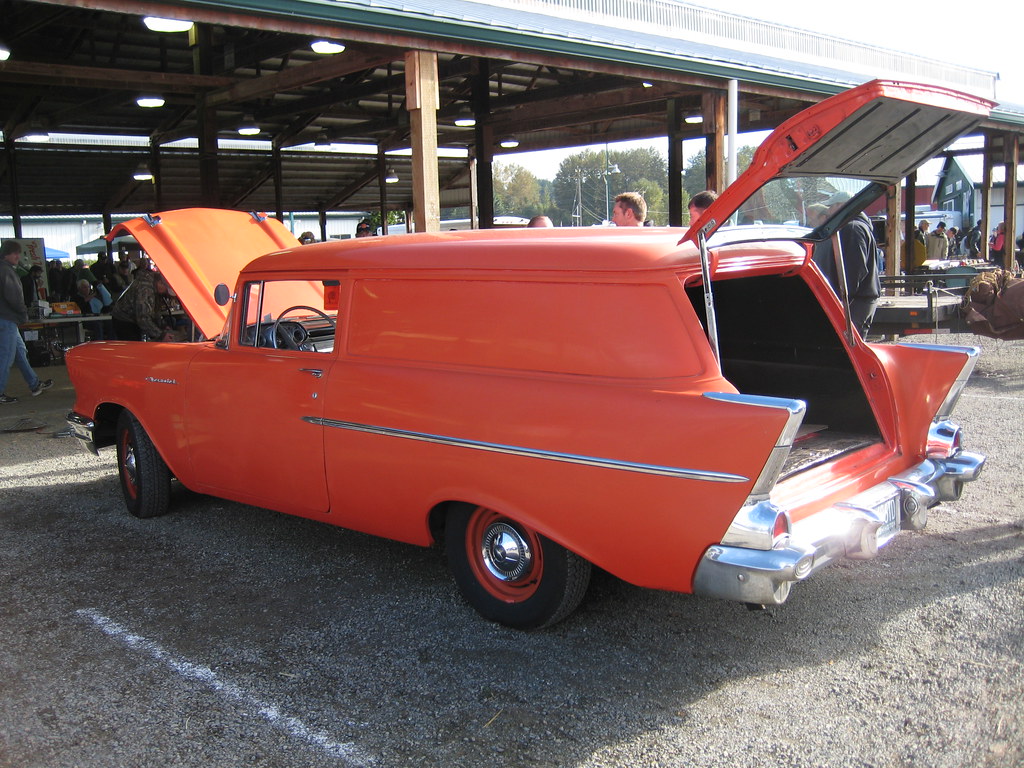
15. **Long-Term Outlook and Uncertainty**The tariff situation remains dynamic and evolving, with uncertainties about its duration and full economic impact. Experts see it as a “moving puzzle,” making definitive planning difficult and injecting unpredictability into forecasts.
While the administration urges retailers to absorb increases and distributors may partially comply, the trend points to higher costs for car owners. An uptick in tax returns might inspire consumers to undertake repairs soon, capitalizing on any remaining pre-tariff inventory before the financial burden solidifies.
The Insurance Information Institute indicates tariffs could lead to broader macroeconomic and geopolitical disruptions, affecting home and business insurance too. Auto insurers signal potential higher premiums by late 2025 (upon renewal), highlighting the delayed but far-reaching nature of these shifts. Ultimately, the tariff environment is an ongoing, multifaceted financial challenge.
Read more about: Mastering the Spotlight: 12 Simple Lessons on Resilience for Actors and Business Leaders from Industry Veterans
The silent fade of readily available, affordable components is transforming how we buy, repair, and insure our vehicles. From the factory floor to the collision repair bay, and from new car purchases to the cherished classic restoration, the industry faces persistent headwinds. Staying informed, acting strategically, and adapting to these evolving costs will be paramount for all stakeholders in the years ahead.


